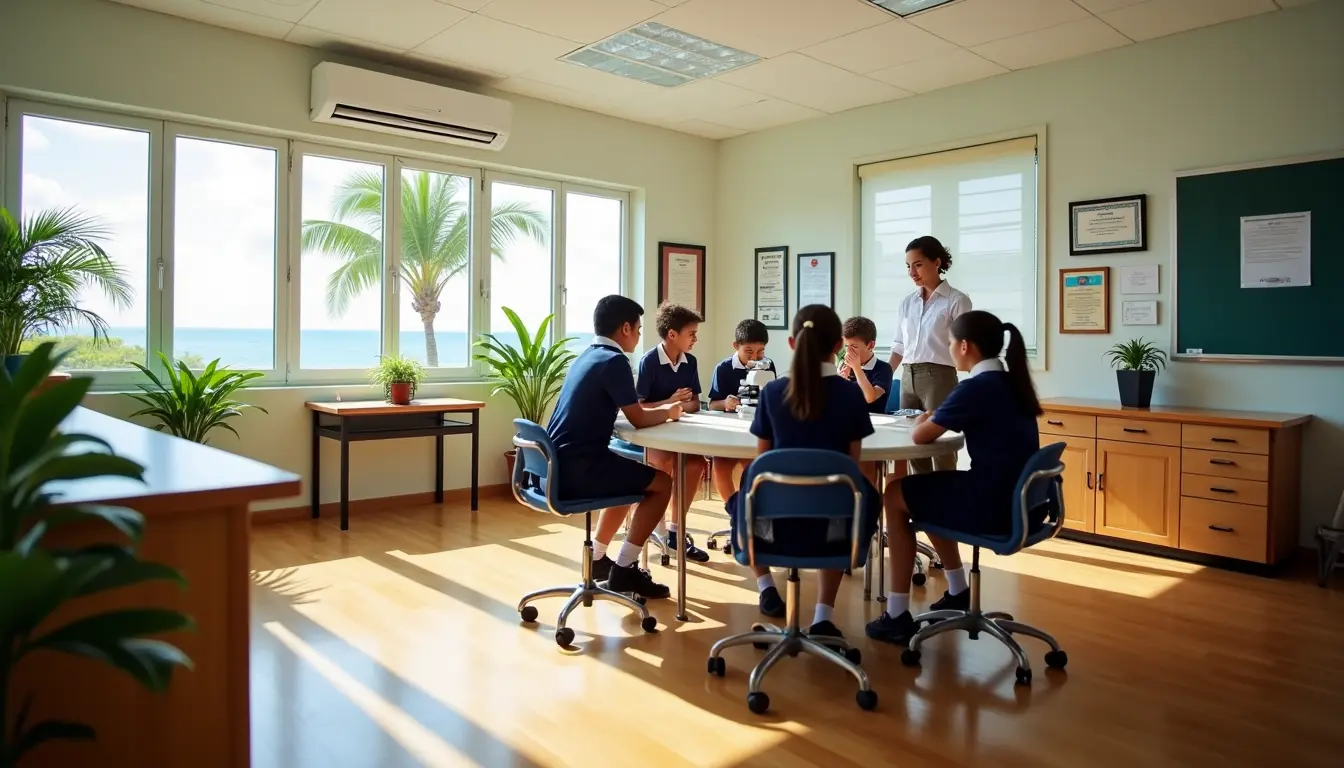Learning gaps, or discrepancies between what students are expected to learn and what they actually know, can significantly impact academic progress. Addressing these gaps requires a collaborative effort between teachers and parents. This article outlines effective strategies to identify and bridge learning gaps, ensuring that every student has the opportunity to succeed.
Identifying Learning Gaps
Regular Assessments
Regular assessments are crucial for identifying learning gaps. Teachers can use formative assessments, such as quizzes, classwork, and observations, to monitor student progress. Summative assessments, including standardized tests and end-of-unit exams, provide a comprehensive view of a student’s understanding. By analyzing assessment data, teachers can pinpoint areas where students are struggling and need additional support.
Parent-Teacher Communication
Open communication between parents and teachers is essential for identifying learning gaps. Parents can provide insights into their child’s learning habits, strengths, and challenges at home. Regular parent-teacher conferences and updates through emails or school portals keep parents informed about their child’s progress and areas needing improvement. This collaborative approach ensures that both parties are aware of any learning gaps and can work together to address them.
Strategies for Teachers
Differentiated Instruction
Differentiated instruction involves tailoring teaching methods and materials to meet the diverse needs of students. Teachers can use a variety of instructional strategies, such as small group work, individualized assignments, and varied questioning techniques, to address different learning styles and levels. This approach helps ensure that all students, regardless of their starting point, can engage with the content and make progress.
Targeted Interventions
Targeted interventions are specific strategies designed to address particular learning gaps. These can include additional tutoring, small group instruction, or specialized programs focusing on key skills. By providing support, teachers can help students overcome specific challenges and improve their overall targeted academic performance.
Utilizing Technology
Technology can be a powerful tool in addressing learning gaps. Educational software and apps offer personalized learning experiences that adapt to each student’s needs. Programs like Khan Academy, IXL, and DreamBox provide practice exercises and instructional videos that target areas where students need improvement. By integrating technology into the classroom, teachers can offer additional support and resources to help bridge learning gaps.
Strategies for Parents
Creating a Supportive Learning Environment
A supportive learning environment at home is essential for addressing learning gaps. Parents can create a dedicated study space free from distractions, establish a consistent homework routine, and provide necessary supplies and resources. Encouraging a positive attitude towards learning and praising effort rather than just results can motivate children to persist through challenges.
Encouraging Reading and Practice
Reading regularly and practicing key skills can help reinforce what children learn in school. Parents can encourage reading by providing a variety of books and discussing stories together. For subjects like math and science, parents can find educational games and activities that make practice fun and engaging . Regular practice helps solidify understanding and bridge learning gaps.
Seeking Additional Support
If a child is struggling despite efforts at home and school, parents may consider seeking additional support. This can include hiring a tutor, enrolling in after-school programs, or seeking resources from community organizations. Working with professionals who specialize in addressing learning gaps can provide targeted help and strategies tailored to the child’s needs.

Conclusion
Addressing learning gaps requires a concerted effort from both teachers and parents. By identifying gaps through regular assessments and open communication, implementing differentiated instruction and targeted interventions, and creating a supportive learning environment, we can ensure that every student has the opportunity to succeed. With the right strategies and collaboration, learning gaps can be effectively bridged, paving the way for academic success.



